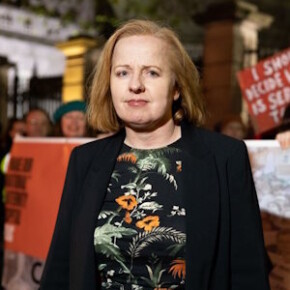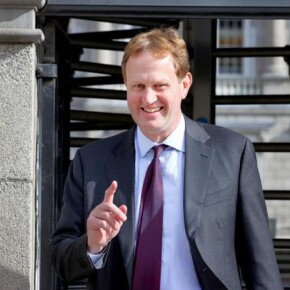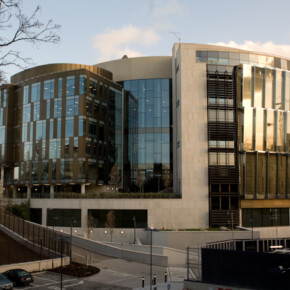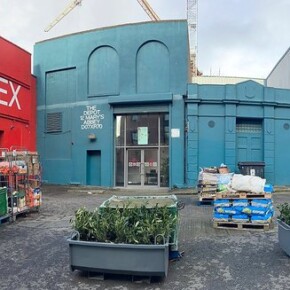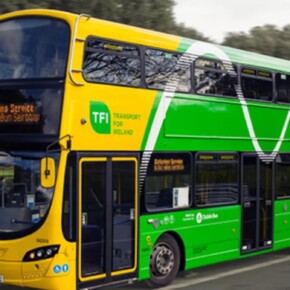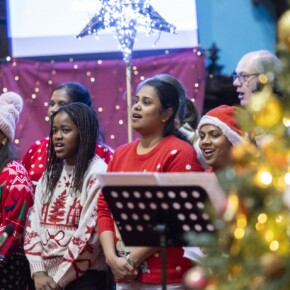Breaking down the highly unpredictable Dublin Bay North
Mike Finnerty 13 Nov 2024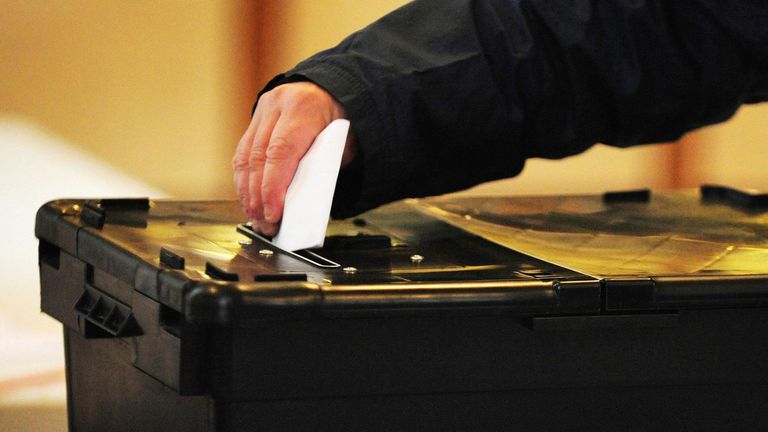
Football fans will be familiar with the term “the group of death”.
The 1982 World Cup saw eventual winners Itay face off against the greatest Brazil team to never win a World Cup and an Argentina team on the verge of world domination.
Dublin Bay North is shaping up to be a very similar battle; we will let readers at home decide who the Paolo Rossi is.
With 20 candidates running in Dublin Bay North, this Kafka-esque twisted web is for hardcore political watchers only.
Change is the name of the game for Dublin Bay North, with three of the five TDs that were elected in 2020 not running in the general election.
Veteran Fine Gael TD Richard Bruton will not contest the seat he has held since February 1982, while Sean Haughey has called time on nearly 25 year career as TD for the area.
In June, Labour TD Aodhán Ó Ríordáin won Labour’s first European seat since 2009.
Having three of the five incumbents step down is highly unusual, but what of the other two?
2020’s poll-topper Denise Mitchell rode the Sinn Féin wave to score just shy of 30% of first preferences, while Social Democrats councillor Cian O’Callaghan made the jump to TD.
As we will explore later on, Dublin Bay North will be highly unpredictable and volatile, and guessing who the poll-topper will be is no easy guess.
In theory, Mitchell should be the favourite to top the poll considering her strong 2020 performance but June’s local election results for Sinn Féin and the subsequent cavalcade of scandals point to potential weakness in the seat.
In addition, Sinn Féin will be running two candidates this time (Micheál Mac Donncha will reprise his role as running mate, just like he did in 2016) instead of Mitchell’s solo run in 2020.
Dublin Bay North takes in the local electoral areas of Clontarf, Artane-Whitehall, Donaghmede, and the Howth half of Howth-Malahide.
In each of those four constituencies, the Social Democrats outpolled Sinn Féin in June’s local elections and proved much more transfer-friendly.
O’Callaghan served as the party’s director of elections back in June and was named deputy leader in summer 2023; the combination of the party doing so well in his own backyard as well as his elevated media profile bodes well for him.
The Social Democrats’ vote in June was much more well-managed than Sinn Féin; in those four constituencies the party ran five candidates and each of them got elected, whereas Sinn Féin ran 11 and two were elected (Mac Donncha being among them).
The poll-topper is likely to be either Mitchell or O’Callaghan, with the tea leaves pointing to O’Callaghan having the edge.
Fianna Fáil and Fine Gael will also be running two candidates; Fianna Fáil will be running veteran councillors Tom Brabazon and Deidre Heney, while Fine Gael will be running Naoise Ó Muirí and Aoibhinn Tormey.
In the case of these four councillors, it will be a matter of who has the biggest personal vote and following.
In purely numerical terms, Ó Muirí has the edge.
In June, he scored 3,519 first preferences, or 17.5% of the vote, in Clontarf, with Heney not far behind him on 3,263 first preferences, or 16.3% of the vote.
Clontarf notably had the highest turnout out of any of the Dublin constituencies that went to the polls in June with 47.8% turnout.
The point being, if these candidates can secure those kinds of numbers in local elections, when the most hardcore of political followers expressed their right to vote, that built-in fanbase could go an awful long way in a Dáil election.
The same could also be said for Brabazon; in fact, he was elected on the first count in Donaghmede with his best-ever haul of 20.2% back in June with his running mate Daryl Barron taking home an extra 12.3%, with their 2024 vote share jumping to 31.3% compared to their 2019 haul of 28.6%.
As far as Fianna Fáil are concerned, having that massive chunk of votes in Donaghmede and indeed Clontarf could be a gold mine for them.
Nothing in the current Dublin-wide polling indicates that either Fianna Fáil or Fine Gael could win two seats in the constituency; one apiece seems more likely and it is dealers’ choice regarding which specific candidate wins.
That means that in the battle for the final seat, wigs will be seen on the green.
Shane Folan has been tasked with holding onto Aodhán Ó Ríordáin’s seat for Labour, and Labour is banking on the brand being strong enough locally to hold onto the seat.
Folan ran in Donaghmede in both 2019 and 2024 and failed to be elected on either occasion (his performance earlier this year was barely changed, going from 6.7% to 6.9%).
Running someone without as much as a council seat in a general election is a highly risky move for Labour; while it is true they are polling decently well in Dublin, replacing a well of experience like Ó Ríordáin with a local area rep is a huge gamble which could backfire.
Veteran Green councillor David Healy is lining out for his sixth Dáil bid, but if he couldn’t get elected in 2007 or 2020, when the Greens captured the public imagination, it is very difficult to imagine them making a dent this time.
In 2020, Healy secured 7% of first preferences, and June showed that Green Wave vote from 2019 and 2020 has gone elsewhere; that vote could be crucial in determining the fight for the final seat.
Independents are likely to be among the big winners come polling day and Dublin Bay North may produce a winner from the independent camp.
John Lyons, who topped the poll in Artane-Whitehall back in June, will be appearing on the ballot as an independent and was previously a general election candidate for Independent Left and what was formerly known as the AAA-PBP alliance (younger readers, ask an older relative).
Lyons topping a poll where Sinn Féin, the Social Democrats, People Before Profit, Labour and the Greens appeared points to a strong personal vote for the leftist candidate, and even on a subconscious level, having independent next to his name could be a boon for his chances in his third Dáil bid.
There are simply too many candidates to mention from the independent camp (for reference, they are Michael Burke, Kevin Coyle, Jamie McGlue, Brian Garrigan, and Diarmaid Ó Conoráin) as well as candidates from smaller parties like Aontú (James Morris), People Before Profit (Bernard Mulvany) and Irish Freedom Party (Paul Fitzsimmons) but there is a wildcard in the pack.
In June, independent candidate Barry Heneghan, after receiving the backing of independent heavyweights Damian O’Farrell and Finian McGrath, scored 12.2% of the vote in Clontarf and was duly elected.
Heneghan’s profile has risen substantially since then, and unlike the other independent candidates mentioned he has a platform as an elected representative which he could ride all the way to the Dáil.
There are a number of factors in Heneghan’s favour; he backed the failed left-wing alliance on Dublin City Council back in June which should win him crossover support from the left, called a special meeting in October which called on Dublin City Council to combat misinformation which gained national attention, and the ace in the hole, he is an independent with a substantial social media following.
All of those factors means that Heneghan is in with a fighting chance of winning back the seat held by his mentor Finian McGrath.
There is a high degree of unpredictability of Dublin Bay North, but isn’t that why we love it?
Come election day, this will be the constituency to watch, regardless of where in the country or wherever on the political divide you are based.


